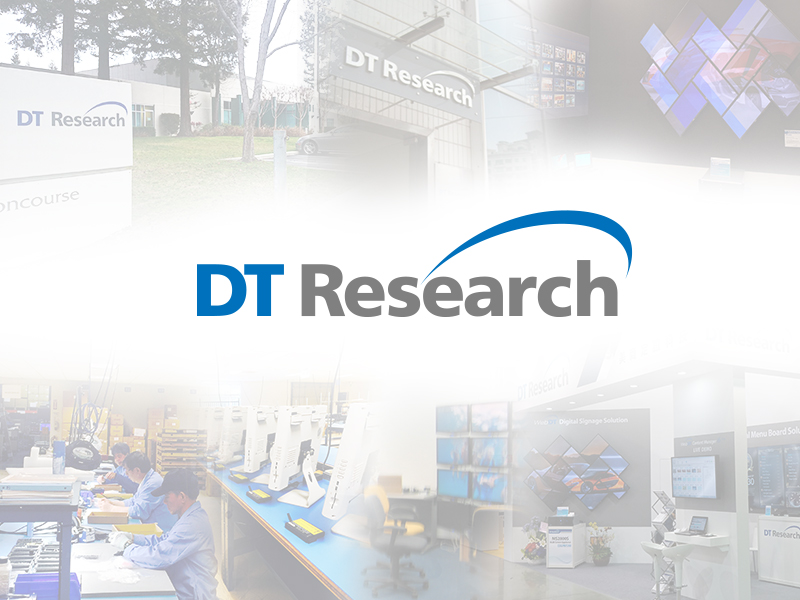Every organization has levels of need to know when it comes to data and information. Being able to work with systems that correctly recognize and categorize access levels, supplying or withholding entry based on a set list of verification or authentication steps, helps keep data protected.
Stationary Access
Single points of contact for the inclusion or exclusion of multiple persons are common.
-
A POS register that allows only employees to access customer payment information
-
A hospital with key-carded doors that restrict access only to certain personnel especially areas like the pharmacy or NICU. Additionally, implementing the 340B program can provide the hospital with the opportunity to access discounted medications, further optimizing patient care while maintaining strict control over medication distribution within restricted areas. Source: https://www.proxsysrx.com/a-comprehensive-guide-to-the-340b-drug-pricing-program/
-
A hotel with carded rooms that are coded to let only occupants, maid service, or security in
-
A closed network that requires two-step verification to allow new users to log on
-
A government building designed to allow members of the public and staffers to move through authorized areas without permitting access to sensitive areas.
All of these situations require a device or devices usually stationary to have some form of security system that must be passed correctly by the person seeking entry. In addition to gateways into physical spaces from a static location, comes the security of shared mobile devices such as rugged tablets or laptops in closed networks.
Mobile Access
Security cards can be used to set levels of clearance, and are commonly used in large companies and government / military facilities. With each individuals card specifically coded with their security clearance level, a simple swipe of the card in the device followed by a user passcode opens the device but restricts access to anything above the security clearance level of the current user.
This can be invaluable when devices are being handed off from one individual to another, whether in the office or out in the field. As the device is passed off, the user logs out and the new user swipes their own card to access the data they require.
This extra layer of security makes it easier to protect sensitive data, but keeps it available to users with a high security clearance level who need access while working with subordinates or those with lower clearance. They can simply access data temporarily on the available rugged tablet or other mobile device, and when finished the data is still protected from restricted users.
Card readers are becoming more and more useful, facilitating flexible security access on shared devices. Security remains a priority as mobile becomes more prevalent, making authentication a rapidly growing and adaptive field.




